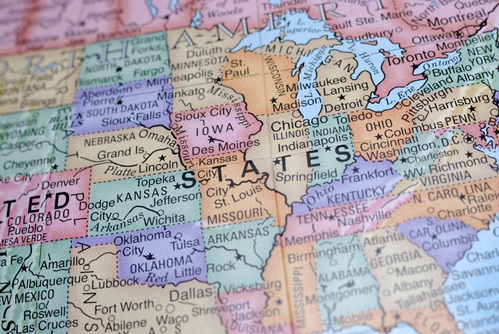How to strategically locate your order fulfillment center
Two-day delivery has become the new norm for many online shoppers. While many customers have made it clear they do not mind waiting longer for free shipping, with one comScore report suggesting 83 percent of shoppers do not mind waiting up to two more days if shipping is free, expectations for paid delivery are on the rise.
So, what can large retailers do to offer faster shipping to their customers? One of the best first steps to take in this regard is locating new order fulfillment centers in strategic places throughout the country. While order processing, picking and packing can take a chunk of time, one of the biggest factors in shipping is transportation time, and if merchants can find a way to minimize the distance traveled, they will be better able to get orders to customers more quickly.
Strategic factors to consider when choosing fulfillment center location
Choosing the optimal place to build a warehouse is about more than finding a good price – retailers need to select the right option to improve turnaround times. There are numerous geographic and strategic factors that must be taken into account to open up shop at the right location. Here are a few key factors to consider to offer the quickest shipping:
- Infrastructure:
While warehouses in remote locations may be less costly in terms of rent, it comes at the disadvantage of being further away from key highways.
How close is the fulfillment center to major transportation arteries? While warehouses in remote locations may be less costly in terms of rent, it comes at the disadvantage of being further away from key highways. The closer fulfillment centers are to major roadways, the quicker retailers can get purchases on the road and en route to customers. Of course, close proximity to freeways and other junctures also improves inbound transportation of goods from manufacturers and can help merchants resupply nearby brick-and-mortar stores as well, offering even more value.
- Customer density:
Retailers want to have fulfillment locations in close proximity to the bulk of their customer base.
- As IDS noted, every retailer has its own unique audience, and this audience may be located in specific parts of the country. Retailers want to have fulfillment locations in close proximity to the bulk of their customer base. This ensures the majority of merchants’ shoppers get the quickest turnaround time possible. Generally speaking, this means retailers should locate their fulfillment centers close to major cities, but that may change depending on the retailer – for example, a textbook seller may opt to open up shop closer to universities rather than specific cities.
- Existing fulfillment center location:
It is important to identify areas that are not easily covered with current fulfillment centers.
As retailers look to open new fulfillment centers, it is important to identify areas that are not easily covered with current fulfillment centers. Many merchants start off with two distribution facilities on either coast of the country, but as they open more, they will want to consider the middle areas of the country to fill any gaps, assuming there are customer bases around those areas.
With customers expecting faster turnaround after making a purchase, order fulfillment center location can play a pivotal role in meeting these expectations. Strategically positioning distribution centers is the first step toward faster fulfillment.


